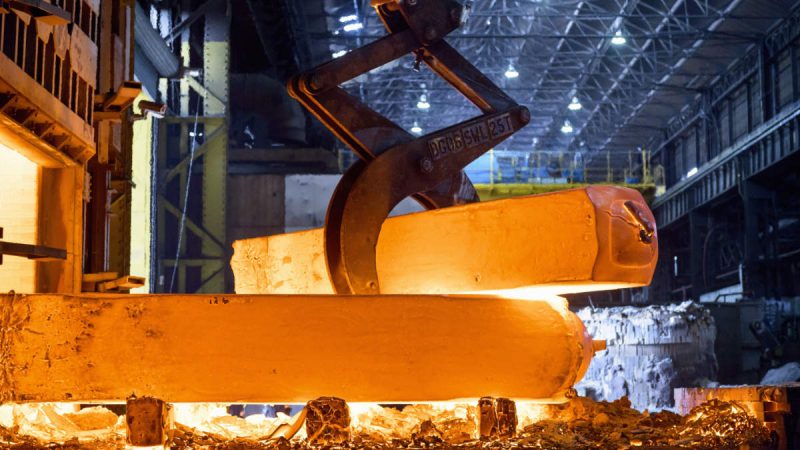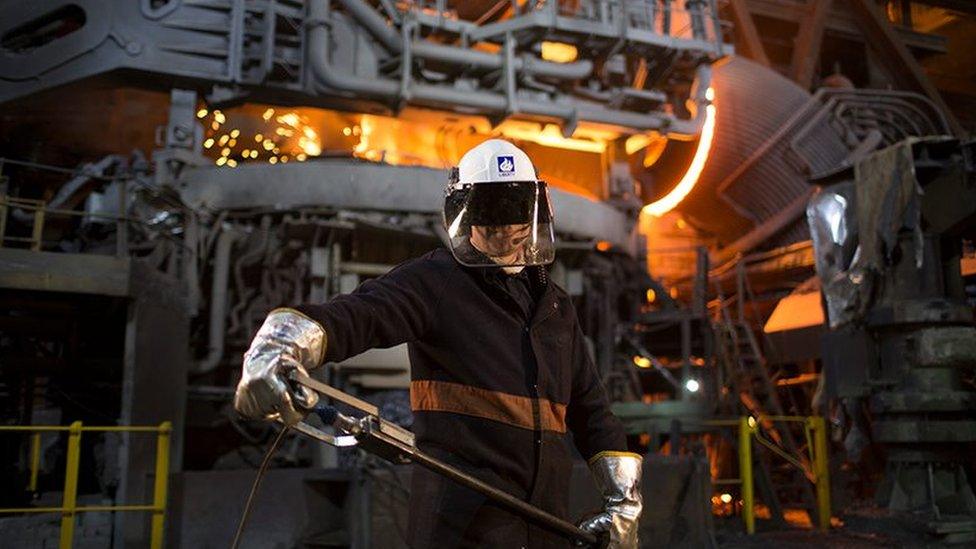
CBAM and Tariffs Disrupt European Steel Demand Recovery
The European steel market is entering its seasonal slowdown early amid rising economic uncertainty and tightening global trade policies. Buyers across the EU are holding back due to the upcoming Carbon Border Adjustment Mechanism (CBAM) and heightened US import tariffs. The result: stagnating demand, delayed orders, and deteriorating sentiment heading into the second half of 2025.
CBAM, set to take full effect on January 1, 2026, is already influencing purchasing behavior. Buyers worry about administrative costs and emissions tracking, particularly for long-lead-time imports. Meanwhile, the recent move by former US President Donald Trump to double Section 232 tariffs from 25% to 50% has made EU-to-US steel exports unviable. Even as the European Commission reported 0.6% GDP growth in Q1 2025, this was largely due to front-loaded exports aimed at beating the tariff hike.
Additionally, buyers have shifted their focus to alternative suppliers. India, Brazil, and even Iran (prior to regional tensions with Israel) have redirected steel exports previously destined for the US toward the EU market. However, despite the influx of low-cost offers and an 11% decline in the US dollar since February, European prices remain subdued due to flat demand and the looming CBAM surcharge on incoming materials.
Sector Outlook: Construction Steady, Automotive and Engineering Struggle
Steel demand across the EU’s industrial sectors continues to face downward pressure. Eurofer now forecasts a 0.9% decline in apparent steel consumption for 2025, extending the sector’s contraction streak. This follows declines of 8% in 2022, 6% in 2023, and 1.1% in 2024. Only modest recovery is expected in 2026, with a 3.4% rebound contingent on global stability and stronger industrial output.
The construction sector offers a rare bright spot, projected to grow 1.1% in 2025 after falling 2% in 2024. Eurofer anticipates an additional 0.8% rise in 2026. In contrast, automotive output is forecast to drop another 2.6% in 2025, following a steep 8.7% decline in 2024. The mechanical engineering sector faces a similar outlook, with output projected to shrink 1.7% in 2025.
These outlooks suggest that Europe’s steel rebound hinges not only on monetary easing but also on the outcome of international trade negotiations. A favorable resolution to US-EU tariff disputes and clarity on CBAM compliance may provide the stability needed for recovery in 2026.
SuperMetalPrice Commentary:
The European steel market faces layered pressure from global trade realignment and climate policy enforcement. While CBAM introduces long-term opportunities for domestic producers, its short-term uncertainty adds cost and hesitation to procurement. Tariff-driven trade shifts benefit non-EU exporters like India and Brazil, potentially reshaping traditional supply routes. For steel investors and traders, tracking diplomatic negotiations and sector-specific forecasts will be key through 2025.











Leave a Reply
You must be logged in to post a comment.